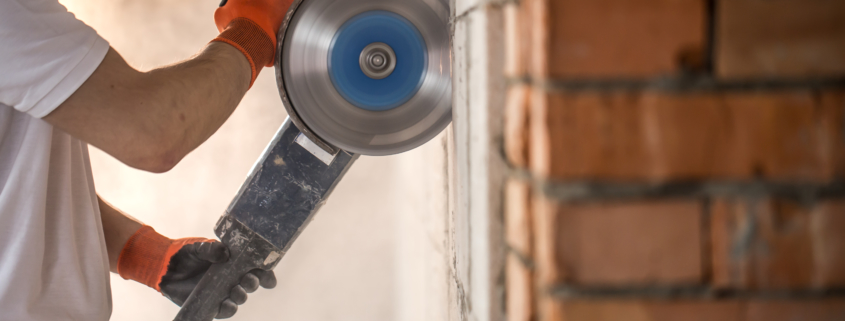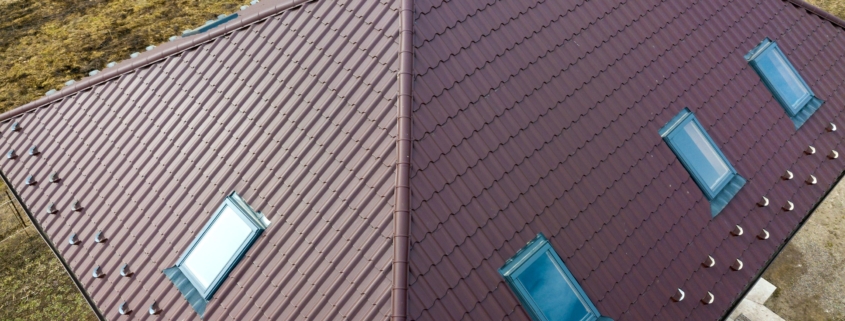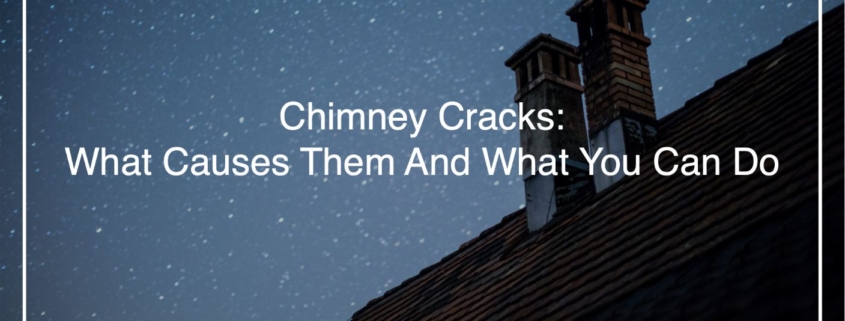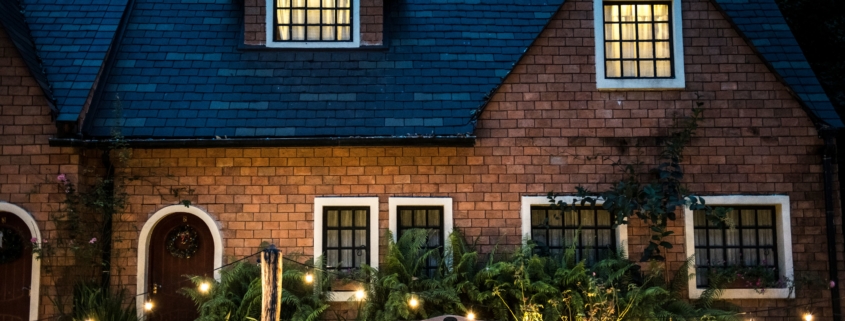One of the perks of owning a brick or a stone house is knowing that your home is sturdy, and it’s unlikely that you’ll experience any structural problems. Although it’s uncommon, it’s still possible that you’ll notice some cracks on your wall over the years of abuse from outdoor elements. When you do, you might wonder if you should take on the repair by yourself or hire expert masonry services.
A quick search online might lead you to some DIY videos and home improvement shows, and you might think the job seems easy enough, so there’s no reason for you not to try it. However, here are four reasons that will convince you otherwise:
- It Can Be Dangerous
Keep in mind that masonry is more than merely adding mortar to the cracks. Doing so won’t make the crack disappear, and doing it the wrong way can even be disastrous. First of all, because cracks often appear high, it means you will have to fix them while standing on a ladder.
Besides that, there’s always a risk that you might be working on the part of the wall that’s structurally weak, and it could collapse on you.
- There Can Be Problems You Won’t Recognize
The problems you see, such as cracks, may merely be signs of an underlying issue that you won’t recognize because of your lack of knowledge and experience. This will also be hard if you don’t have the tools needed to detect those problems. It would be better if you call in a pro at the earliest sign of trouble so that they can effectively assess the situation and address it accordingly.
- Doing It Yourself May Cost You More
You might think that by forgoing professional brick repair services, you’ll be saving some money, but that’s not necessarily true. If you think of how much you’ll need to get all the equipment and materials, all of which you’ll probably not going to use again, you might realize that you’re actually saving more when you hire a pro instead.
Also, consider the possibility that you won’t do it right the first time you give it a go and that you’ll have to redo things. That already means twice the cost. When your expenses for this project keep piling up, you will realize that it doesn’t make any sense to take on a DIY project!
- Hiring a Pro Means More Efficient Work
What a professional contractor can finish in a day could take you a few days or even a week to complete. Do you really have time for that? You may also need more time to practice and be ready for the task. On the other hand, experts have years of experience, so they can do the repair straight away, and they’ll be out of your way sooner than you expected.
Conclusion
While it might seem exciting to take on a masonry repair on your own, keep in mind that it’s one of those home improvement projects that an experienced contractor better handles. The risk is too big and the expenses too high if you make a mistake. You may not have the experience or knowledge to be sure that you’ll do it correctly, and it could take you days to complete the project. Of course, it’s also essential that you choose the right contractor for the job as well to ensure desirable results!
Red Robin Masonry is a trusted masonry company in Toronto that can handle any big or small repair project. Our team can provide you with reliable services at a reasonable rate. Get in touch with us today to learn more about our services!




